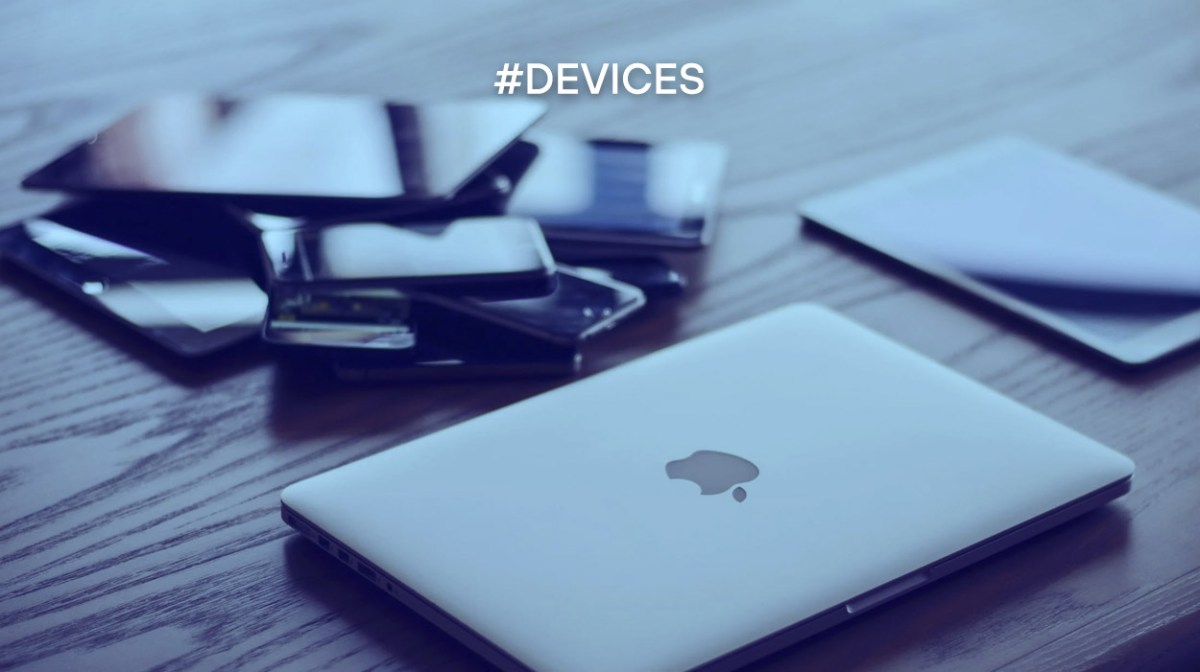What do we mean by devices?
Devices are technological tools designed to facilitate various tasks and improve the user experience. They range from smartphones, tablets, cameras, sensors, robots and wearables to virtual reality (VR), augmented reality (AR) and extended reality (XR) devices such as glasses, visors, haptic sensors and controllers.
What role does innovation play in the development of new devices?
Innovation is crucial for the development of new devices, enabling the integration of advanced technologies such as artificial intelligence. Thanks to 5G networks, it is possible to develop services and applications with AR, VR, etc. 5G networks, the edge, etc. are the foundation.
In addition to traditional formats such as smartphones and tablets, there is a boom in advanced devices such as foldable mobile devices and new emerging devices such as smart glasses and rings. The latter formats are gaining ground thanks to their innovative health parameter tracking capabilities, offering discreet and convenient alternatives to conventional wristbands and watches.
And in improving existing ones?
Innovation also plays an important role in improving existing devices through hardware and software updates that optimise their performance and add new features.
In the case of traditional mobile devices, improvements are related to enhanced camera systems, greater processing power and higher-capacity batteries. In addition to these improvements, other types of devices are seeing advances such as the full integration of artificial intelligence. These innovations improve the functionality and efficiency of devices, facilitating their wider adoption.
How important are devices in technologies such as virtual reality, augmented reality and extended reality?
Devices are fundamental in VR, AR and XR technologies, as they enable immersive, multi-sensory experiences with natural and safe interaction between users and digital content, allowing the user to perceive, manipulate and move within virtual or mixed environments, with practical applications in education, marketing, e-commerce and corporate training.
In the case of VR, immersive experiences have gone beyond traditional storytelling to enter the realm of ‘storyliving’, where it is not just about telling a story, but about making the user experience it first-hand, connecting emotionally with virtual environments designed to provoke unique experiences.
What are the main use cases for these devices?
VR/AR/XR devices are transforming sectors such as education (simulation of complex scenarios, experiential learning), healthcare (surgical training, rehabilitation), industry (assisted maintenance, digital twins), commerce (immersive shopping experiences) and event management, among others.
Can we expect these to become widely popular in the short term?
A few years ago, no one expected the change brought about by the first smartphone or the first instant messaging app to be adopted on a massive scale. Now is the time for individuals, businesses and public administrations.
Now is the time, thanks to technological innovation, when people, companies and public administrations can choose the most interesting applications adapted to their needs through associated devices. What impact does the development of new technologies have on the world of devices?
The development of new technologies such as artificial intelligence and robotics has a significant impact, improving the functionality and efficiency of devices. In the case of artificial intelligence, we must take into account both Generative AI and AI agents.
Generative AI already allows devices to create content, analyse health data, personalise the user experience and automate creative tasks.
Example: medical apps that diagnose injuries from images and suggest health apps that help make a preliminary diagnosis from images. On the other hand, devices now incorporate systems that apply artificial intelligence agents, with the ability to plan and execute complex actions autonomously, achieving user-defined objectives.
In addition, these technologies enable the creation of new devices with more advanced capabilities.
How can devices help the environment?
Sustainability is a cross-cutting issue that is present in many companies and administrations.[MA1] Devices and technologies, if taken into account from the design stage, can help the environment through the implementation of sustainable and energy-efficient technologies and circularity. Under these parameters, they can be beneficial for a green transition, such as:
- Real-time environmental monitoring and control.
- Optimisation of resource use and waste reduction.
- Promotion of the circular economy and eco-design.
- Energy efficiency and promotion of renewable energies.
- Support for sustainable agriculture and resource management.
- Promotion of smart and sustainable cities.
Finally, it should be noted that augmented and virtual reality devices can reduce the need for physical travel.
